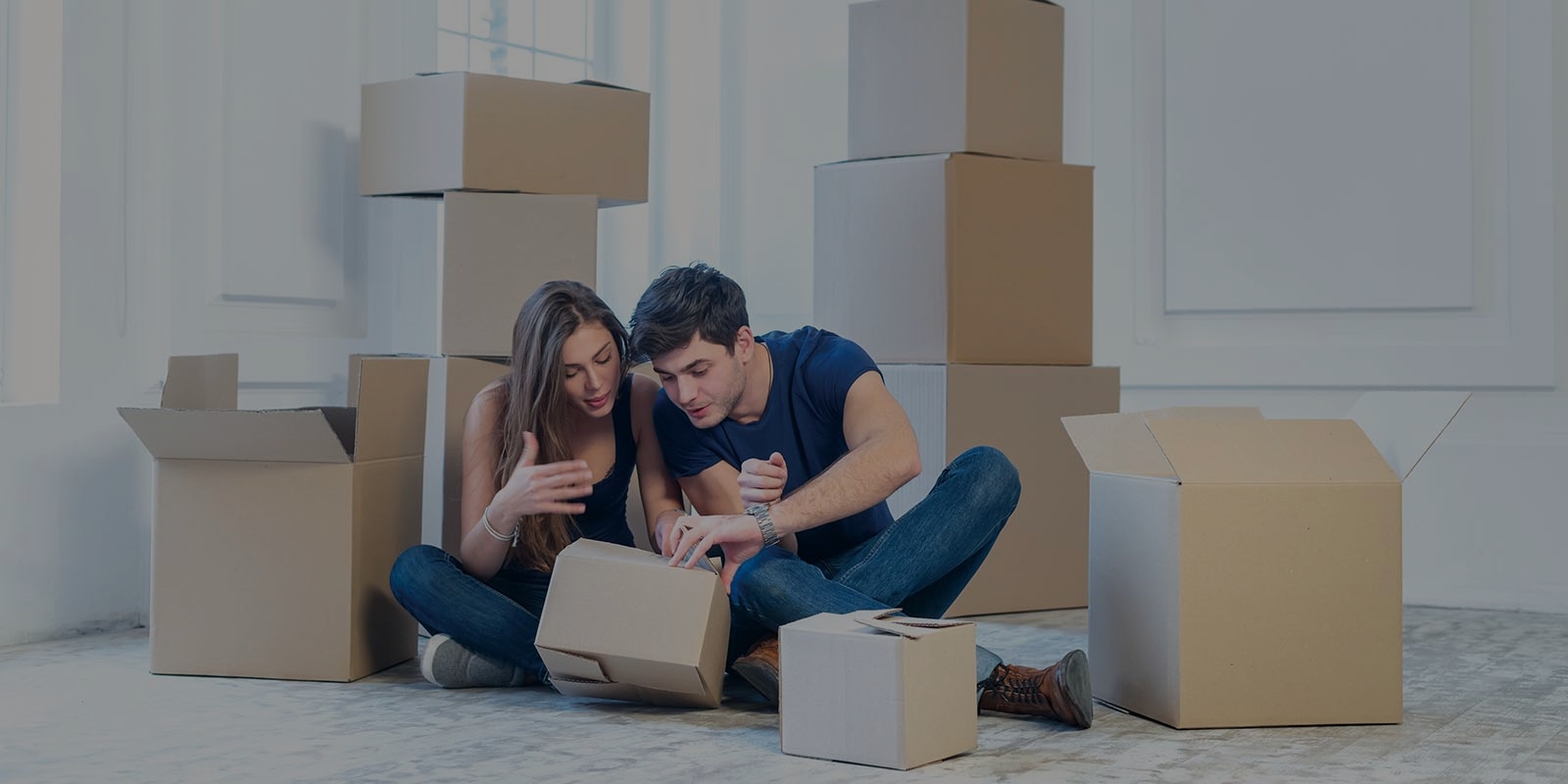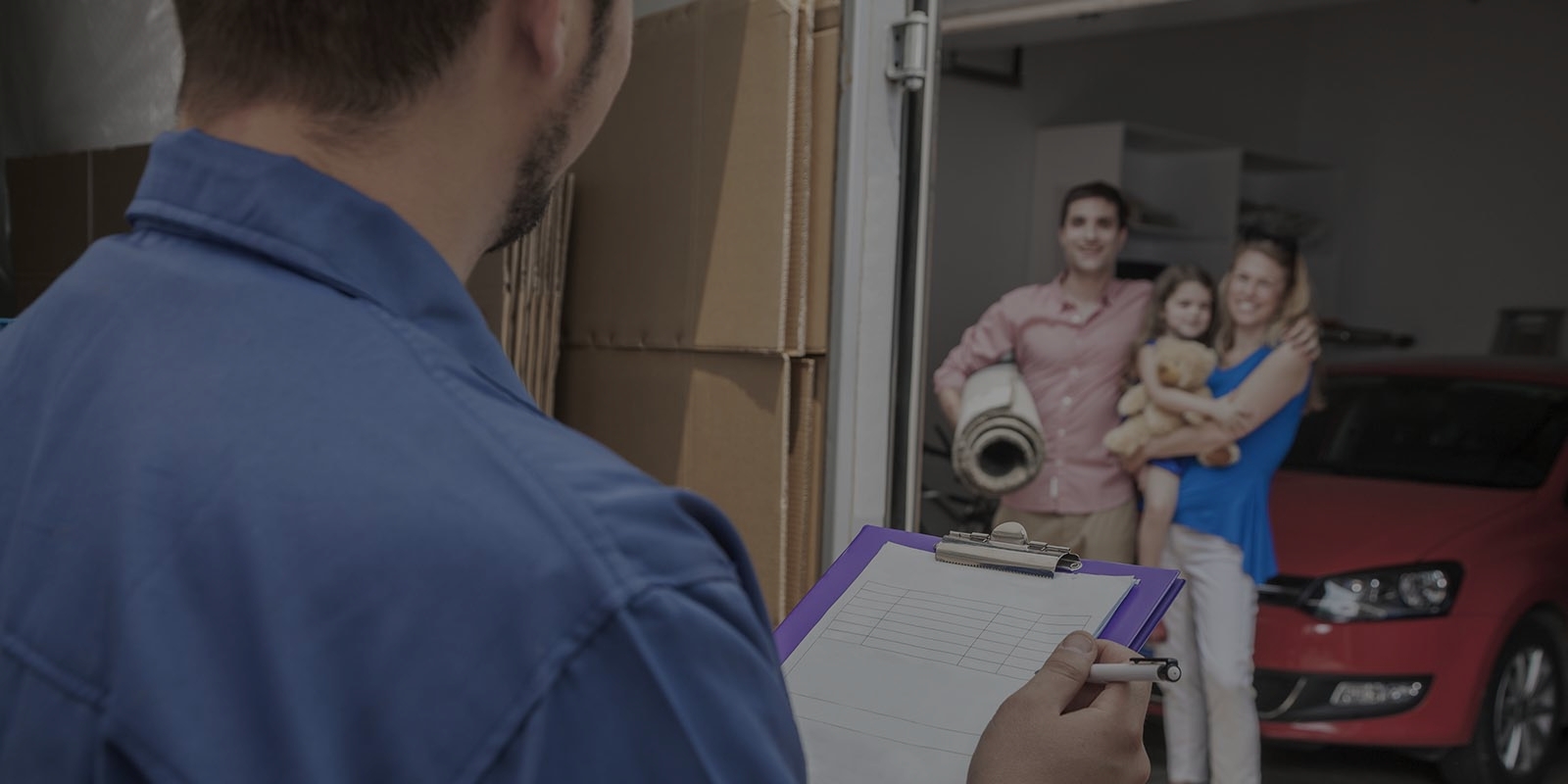Discover the Secrets to Safe Piano Transportation
Posted on 02/06/2025
Discover the Secrets to Safe Piano Transportation
Relocating a piano is no small feat. Whether you're a concert pianist, a passionate hobbyist, or a musical family cherishing an heirloom, the process of piano transportation can seem daunting. Pianos are large, heavy, oddly shaped, and incredibly sensitive to bumps, tilts, and environmental changes. But fear not—with the right knowledge and expertise, moving your piano safely is entirely achievable. This comprehensive guide will uncover the secrets to safe piano transportation, ensuring your prized instrument arrives in perfect harmony.
Why Is Piano Moving So Challenging?
Pianos are marvels of engineering: each one houses thousands of moving parts delicately balanced to create beautiful music. The sheer size and weight, combined with delicate mechanisms, make pianos extremely vulnerable to damage if handled incorrectly. Before we delve into safe piano moving techniques, let's examine the unique challenges:
- Size and Weight: Upright pianos weigh 300-500 pounds, while grand pianos can weigh over 1,000 pounds.
- Irregular Shape: The shape and balance, especially of grand pianos, make them difficult to maneuver through tight spaces and around corners.
- Fragility: Sensitive internal mechanics and exterior finishes mean pianos are easy to scratch, dent, or damage.
- Costly Repairs: Even minor incidents can result in expensive repairs or loss of value.
Never Underestimate the Complexity!
Many well-intentioned movers assume enough manpower is all it takes. In fact, without the right knowledge and specialized equipment, you risk injury and damage. Don't gamble with your treasured instrument!

The Top Secrets to Safe Piano Transportation
Let's unlock the best-kept secrets to transporting a piano securely, whether you're hiring professionals or taking a DIY approach.
1. Preparation Is Key
Successful piano transportation starts long before moving day. Meticulous planning sets the stage for a smooth and safe process.
- Measure Everything: Take detailed measurements of your piano and all doorways, hallways, staircases, and elevators involved in the move.
- Clear the Path: Remove obstacles, rugs, and decor. Ensure walkways are completely unobstructed.
- Wear the Right Clothing: Choose supportive, non-slip shoes and comfortable clothing to enhance safety and mobility.
- Gather the Proper Equipment: You'll need furniture dollies, moving blankets, straps, plastic wrap, measuring tape, and perhaps a skid board (for grand pianos).
2. Teamwork Makes Moving Safe
Never move a piano alone. Gather a trustworthy team of at least three or four strong, careful people. Make sure everyone is briefed about their role, possible hazards, and proper lifting techniques.
- Consistent Communication: Keep in constant contact with your team—moving a piano is a coordinated effort.
- Lift With Care: Lift from the legs, not the back, and utilize proper posture to avoid injuries.
3. Protect the Piano with Wrapping and Padding
One of the most effective ways to safeguard your instrument is to wrap it thoroughly. Here's how:
- Blanket Wrap: Cover all surfaces with thick moving blankets to prevent scrapes and scratches.
- Secure Wrapping: Use stretch wrap or secure tape to keep blankets in place, ensuring nothing comes loose during transport.
- Key and Pedal Protection: Secure the keyboard lid (never lock it, in case the key is lost in transit) and wrap the pedals separately.
4. Specialized Techniques for Upright and Grand Pianos
Different piano types require unique moving methods. Here's how to safely relocate both:
-
Upright Pianos:
- Always keep the piano vertical; never lay it on its back or sides.
- Use a sturdy dolly to roll it, lifting only as necessary to clear thresholds or stairs.
- Two or more people should carefully control the motion at all times.
-
Grand Pianos:
- Detach the legs and pedals. Wrap each component individually.
- Use a piano board or skid board to stabilize the body. Secure firmly with straps.
- Be extremely cautious moving the harp (the frame), as it is very heavy and central to the piano's integrity.
5. Safely Navigating Stairs, Steps, and Tight Spaces
This is often the most dangerous aspect of piano transportation.
- Careful Planning: Survey stairs beforehand. Know exactly how many steps and the width of landings.
- Slow and Steady: Move deliberately, ensuring everyone's footing is secure before each step or pivot.
- Use Ramps for Small Elevations: For a few steps, a portable ramp can make the process much smoother.
- Get Professional Help for Larger Challenges: If the piano must be hoisted, or squeezed through a tight corridor, call in experts with rigging equipment.
6. Mind the Climate!
Pianos are highly sensitive to changes in humidity and temperature. Plan transportation for a moderate day if possible. Avoid rainy or extremely hot or cold days, and never leave your piano in a moving truck for long.
- Wrap to Insulate: Padding helps protect the finish and minimizes temperature shocks.
- Acclimatize After Arrival: Allow your piano to sit in its new environment for 24 hours before tuning or playing. This helps the wood and metal adapt without stress.
Should You Hire Professional Piano Movers?
Piano moving companies employ specialists who understand instruments inside and out. While DIY is possible for small, ground-floor uprights, hiring professionals is strongly advised for grand pianos, stairs, and difficult moves.
Benefits of Professional Piano Moving Services
- Expertise: Professionals bring years of experience, minimizing risk to your piano and property.
- Specialized Equipment: From skid boards to cranes, experts have the tools most homeowners don't.
- Insurance: Reputable movers are fully insured, offering peace of mind in case of accidents.
- Efficiency: An experienced team can move a piano safely in a fraction of the time it takes amateurs.
Common Mistakes to Avoid during Safe Piano Removal
Understanding what not to do is just as important as knowing the best transportation methods for your piano. Here are some classic pitfalls:
- Underestimating the Weight: Too few helpers is a recipe for disaster!
- No Padding: Failing to wrap your piano guarantees dings and scratches.
- Using Improper Equipment: Attempting to move a piano without a sturdy dolly or straps leads to accidents.
- Forgetting to Secure the Lid/Keys: This can result in broken keys or a damaged mechanism during transit.
- Ignoring Temperature and Humidity: Fast temperature changes and moisture can warp wood and unseat delicate components.
DIY Piano Moving: A Checklist for Safe Transport
If you've decided to move your piano yourself, follow this step-by-step checklist to minimize risks:
- Recruit a Reliable Team: Gather at least three strong, responsible helpers.
- Measure All Entryways: Plan your route and ensure all passages are wide and tall enough for the piano.
- Wrap with Blankets and Secure Tightly: Don't skimp on padding and make sure it stays put throughout the move.
- Use Only Quality Dollies and Straps: Test everything before starting to ensure maximum security.
- Move Slowly and Deliberately: Take frequent breaks and never rush, especially when navigating stairs or thresholds.
- Load and Secure in Vehicle: In a moving truck, always strap down the piano to prevent shifting during transit. Keep it upright for vertical models.
- Acclimate in New Home: Let your piano sit before use, then schedule a tuning with a professional technician.
How to Choose the Best Piano Movers Near You
When searching for the best local piano movers, ask the following:
- Do They Specialize in Pianos? Not all furniture movers have the experience required for instruments.
- Are They Licensed and Insured? Always verify credentials to avoid liability for damages.
- Can They Provide References? Satisfied customers are your best indication of reliability and skill.
- Do They Use Specialized Equipment? Piano moving boards, crane services, and climate control are marks of a professional operation.
- Request a Written Estimate: Get quotes in writing to avoid hidden fees or surprises.

FAQs: Safe Piano Transportation
-
Can I move a piano by myself?
No! Attempting to move a piano solo is extremely dangerous. Always have a team or contact professionals. -
Will moving a piano ruin its tuning?
Moving can cause a piano to go out of tune due to shifts in position and environment. Plan to have your piano tuned once settled. -
Do I need to insure my piano for a move?
Yes—valuable pianos should be insured for transit, especially for long distances or if handled by non-specialists. -
How much does it cost to move a piano?
Costs vary based on size, distance, stairs, and complexity, but expect professional piano moving to range from $200 to $1,000+. -
Is it better to store my piano during a move?
If your move is temporary, or if the new location isn't ready, climate-controlled storage is a safe option.
Conclusion: The Harmony of Safe Piano Transportation
Transporting a piano is a unique logistical challenge requiring preparation, teamwork, equipment, and knowledge. By following these expert piano transport secrets, you'll greatly reduce the risk of damage or injury, whether you choose the DIY route or rely on professional piano movers. Remember: the real music of a successful move is in meticulous planning and careful execution. Respect your instrument, avoid shortcuts, and ensure it arrives at its new home in perfect tune.
For more tips and resources on safe instrument moving, stay tuned to our blog—where we help you hit (and move) every note perfectly!







